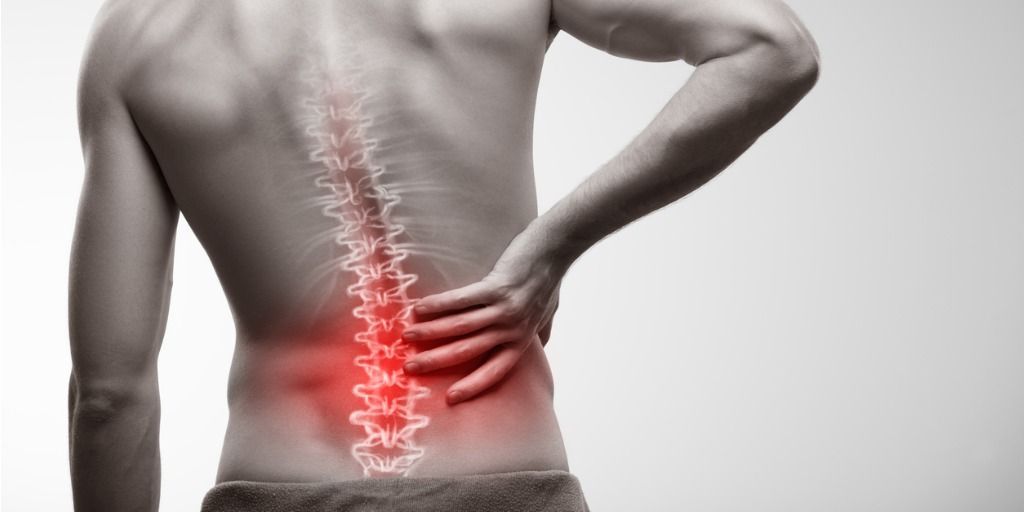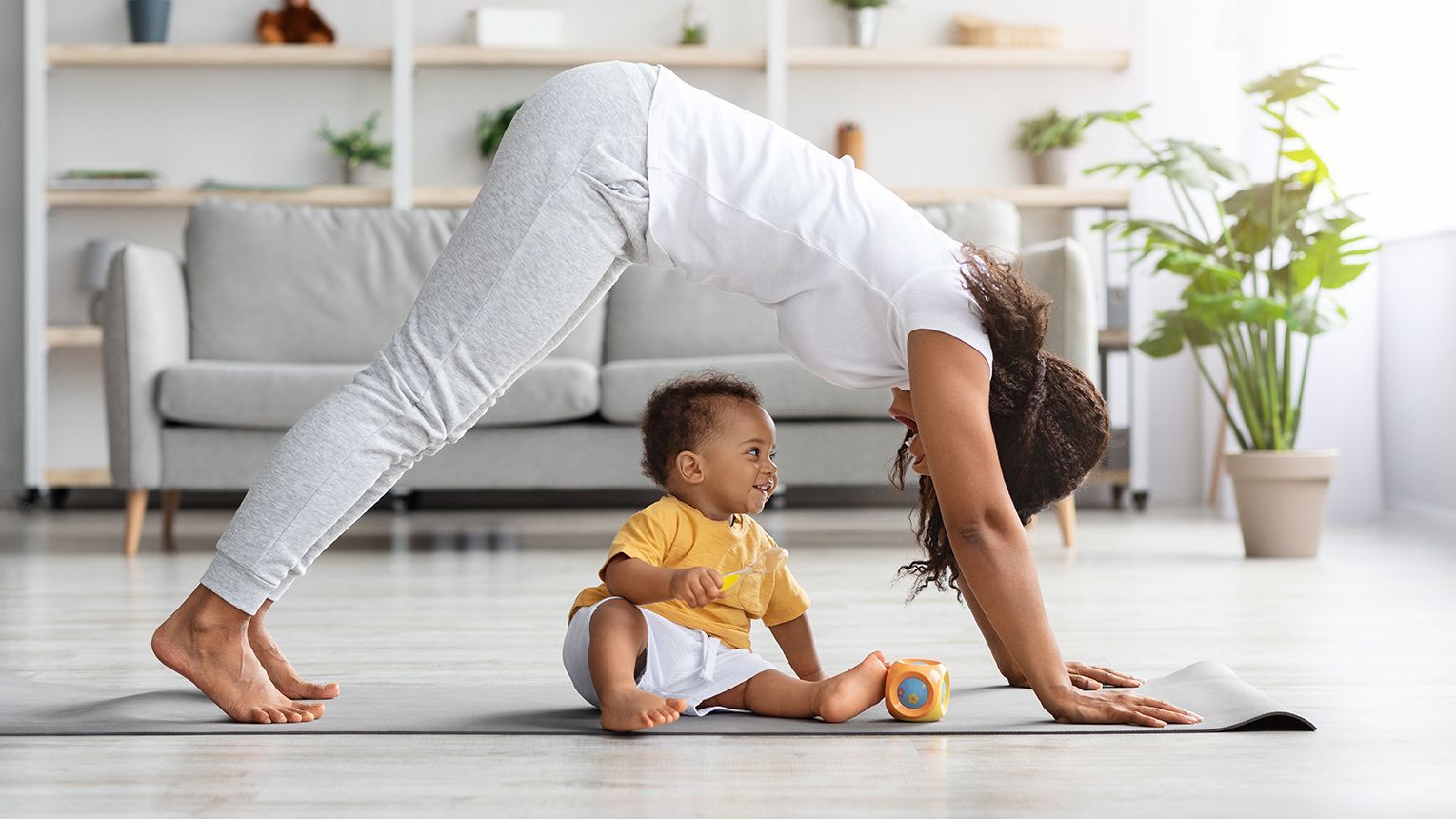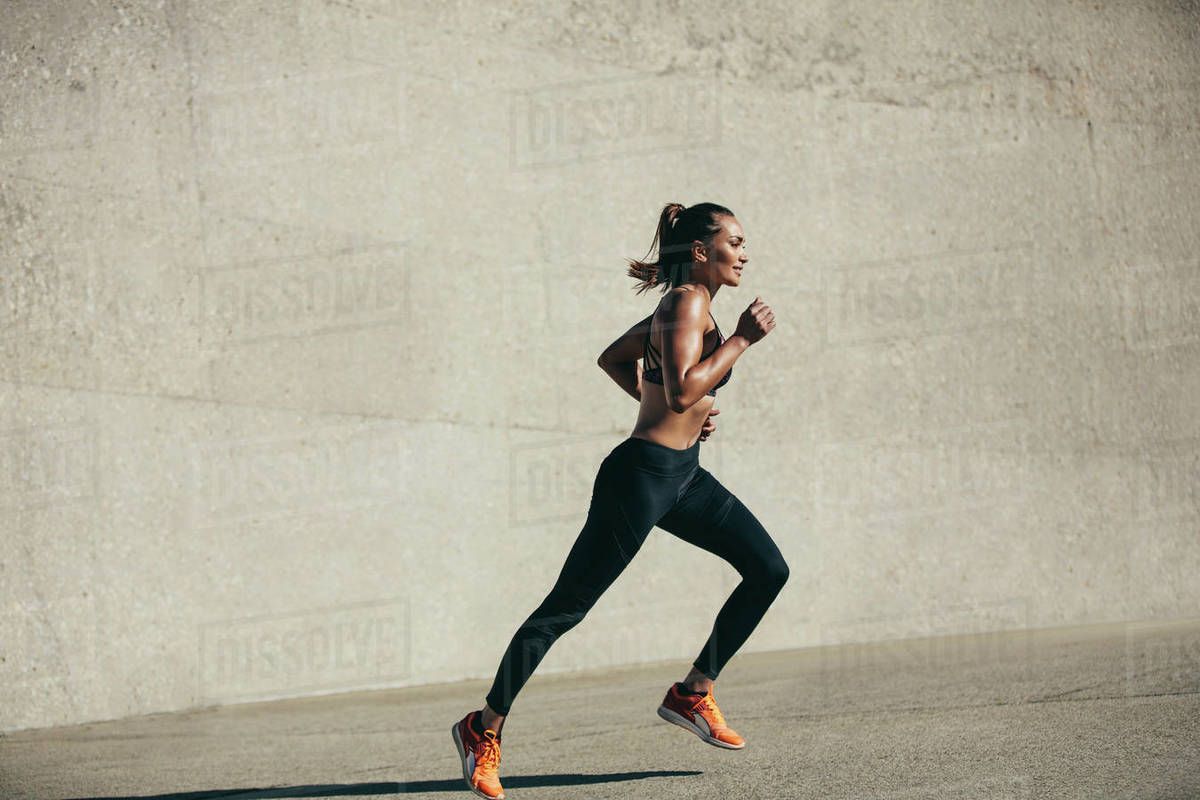The Story of a Fork and a New Beginning
At Absolute Balance, we have a rather unique tradition: every new team member receives an engraved fork upon joining the company. Now, you might wonder—why a fork? Well, it all started in our old office, where forks seemed to vanish mysteriously. No one could ever figure out where they went, and instead of solving the mystery, we decided to turn it into a fun tradition. To make new staff feel welcome (and to ensure they always had their own cutlery!), we started gifting everyone a personalised fork.
When I officially joined the team (and decided to move from Perth to Sydney), I was entrusted with a special mission: delivering the engraved fork to another new team member in Sydney. This fork, however, was no ordinary utensil—it had already racked up some serious miles. Initially flown from Perth to Sydney, it missed its delivery and was flown back to Perth. Now, I was tasked with bringing it back to Sydney by car—making it the most well-travelled fork in Australia!
After completing my university practicum placement with the Perth team as part of my exercise physiology degree, I was eager to take on a new challenge and grow within the company, so I applied for a role with the New South Wales team. I was thrilled when I got the position. This move marked a significant step in my career—transitioning from a student to a fully-fledged exercise physiologist, ready to make a positive impact on the health and wellbeing of my clients. The long journey from Perth to Sydney, with the engraved fork in tow, became symbolic of this exciting new chapter in my life.
Day one took us from Perth to Norseman, and it began with a flat tire—maybe not the ideal start, but we were determined! Feeling a mix of excitement and hope about my new career, I was ready to tackle the journey. And honestly, by the time we hit the road, this fork had more travel points than most people.
The drive across the Nullarbor Plain was a test of patience, but it also highlighted the vastness and beauty of the Australian landscape. Somewhere along the 90 Mile Straight, the clutch on the car started acting up—because every epic journey needs a bit of drama, right? We nursed the car all the way to Border Village, a roadhouse just over the South Australian side where the roadhouse staff were amused by the story of the well-travelled fork.
As we continued, we stopped in Kimba, a charming little town in the heart of Australia. It was here that the fork got its own ‘midway point’ photo-op, with Kimba’s beautiful silo art providing the perfect backdrop. The town’s community vibe and warm welcome were exactly what I needed as I adjusted to the idea of leaving my old life in Perth behind and embracing this new adventure.
After a quick pit stop in Port Augusta to fix the clutch (thankfully, the car made it!), we continued our journey through vineyard country along the Murray River and into Victoria. Having coffee by the river, watching the sun rise and set, and knowing that I was getting closer to my new home was a beautiful experience. The last night on the road was spent in Wagga Wagga, where the rain finally caught up with us. As we camped out in the wet and chilly weather, I laughed at the thought of the fork enduring all these adventures, from the outback to the vineyards and now to a rainy campsite. Despite the weather, we stayed cozy in our swag, and the fork was safe and dry, ready for its final destination.
Arriving in Sydney felt like a milestone—not just for me but for the fork, too. It had travelled thousands of kilometres and was finally ready to meet its new owner. It was an exciting moment to hand it over, symbolizing the beginning of a new chapter for both of us.
Starting my new role as an exercise physiologist with Absolute Balance has been an incredible experience. After meeting the Sydney team, I felt a strong sense of belonging and support. Having spent time with the Perth team during my practicum, I knew I was joining a company that valued honesty, integrity, teamwork, and empathy—values that I hold close to my heart as I embark on this new journey to make a positive impact in the lives of my clients.
This journey was more than just a road trip; it was a personal and professional adventure that taught me the value of resilience, adaptability, and finding humour in unexpected situations. As I settle into my new role, I’m excited to apply these lessons in my work, supporting my clients and helping them reach their health and fitness goals. So, next time you see someone in our team with an engraved fork, you’ll know the story behind it—and you’ll know about the one fork that travelled further than any other.
April Hawser
Exercise Physiologist
Exercise Rehabilitation Services – NSW




